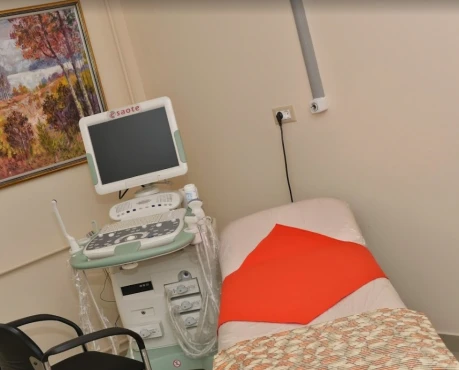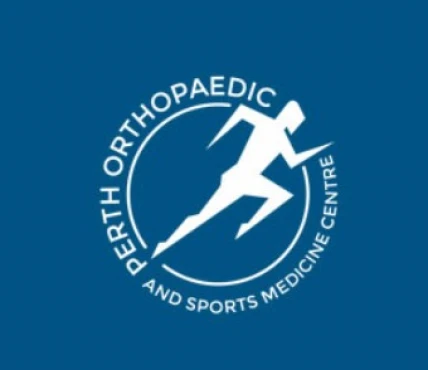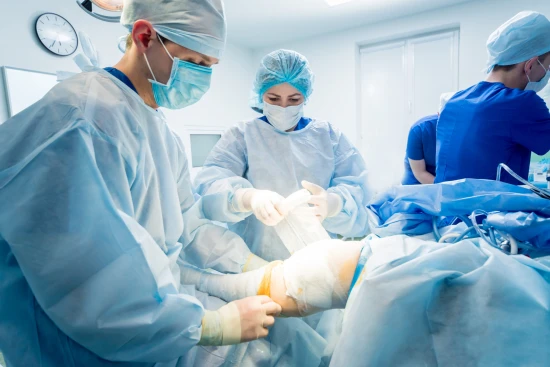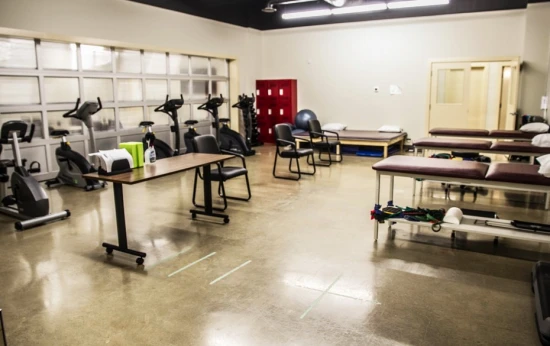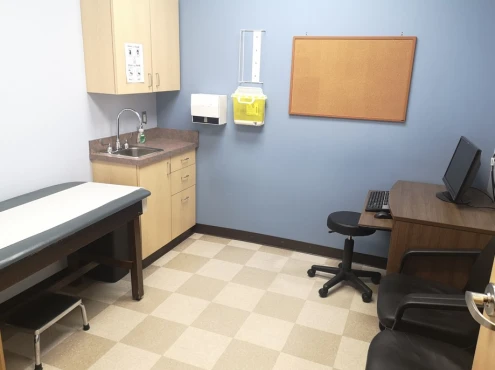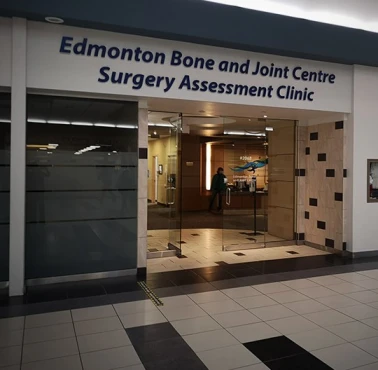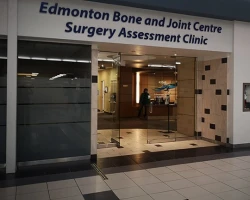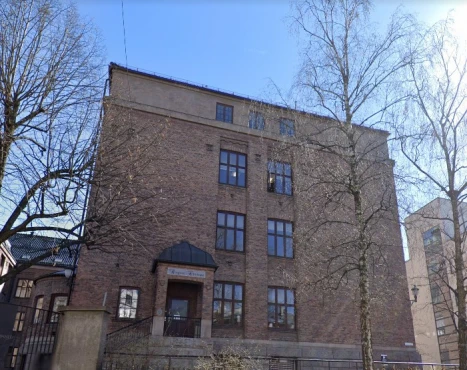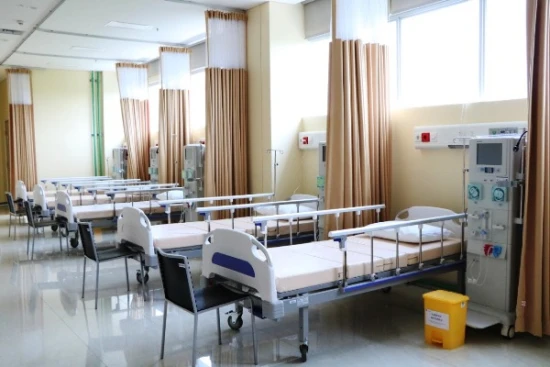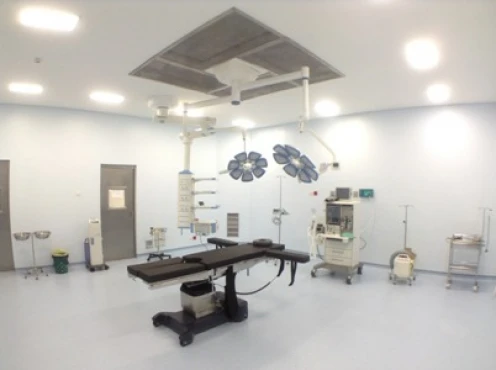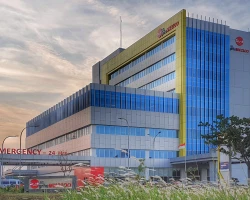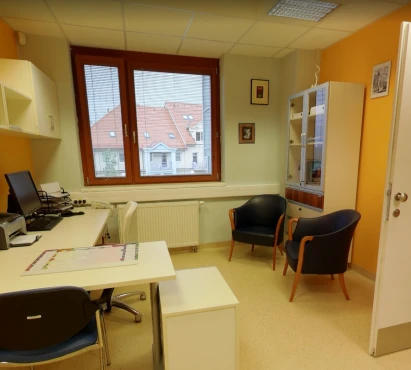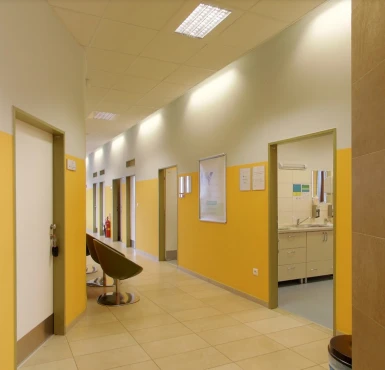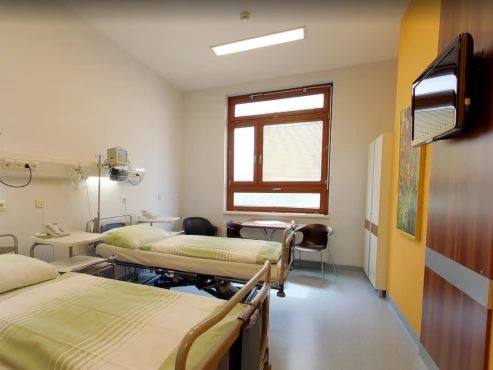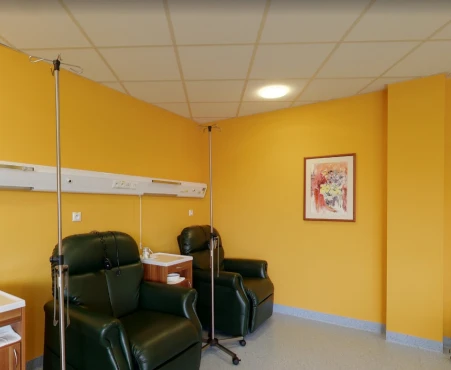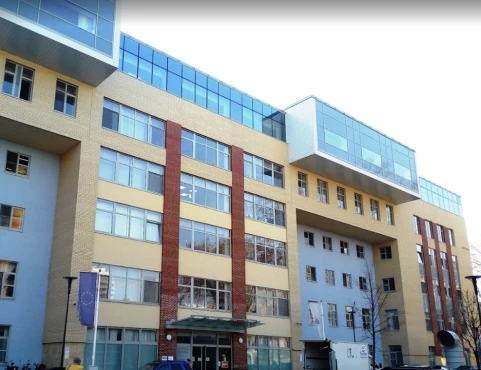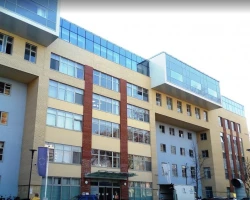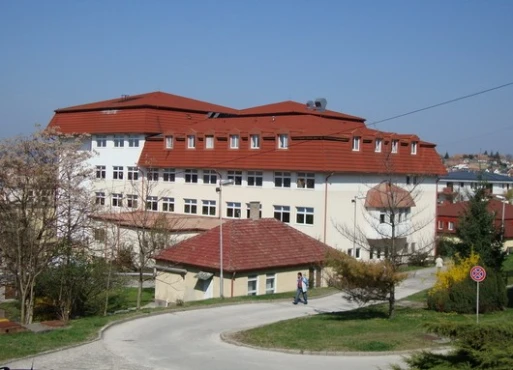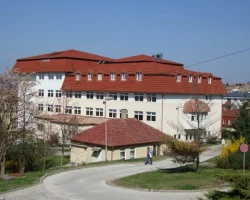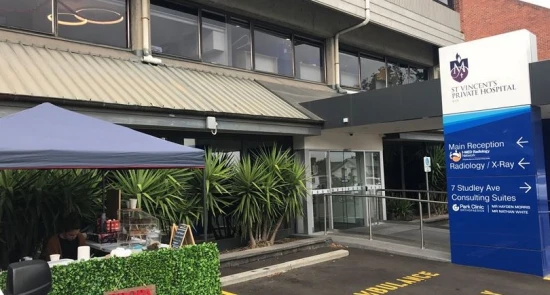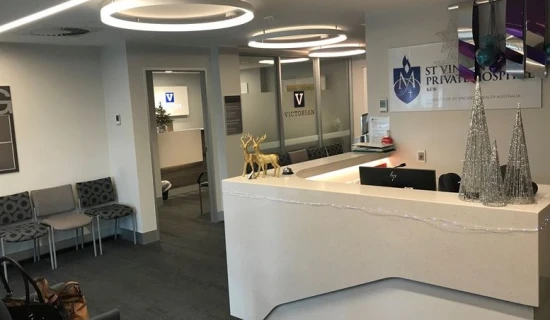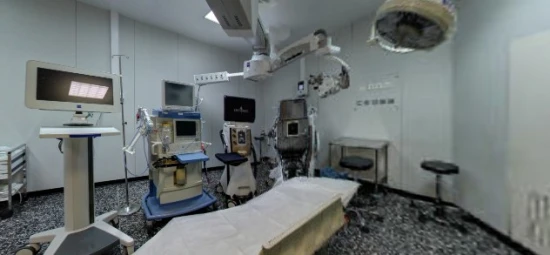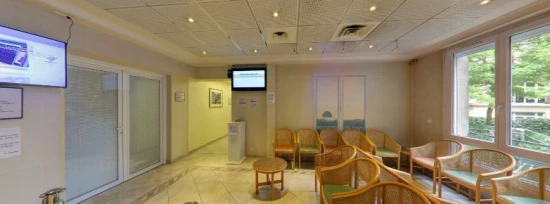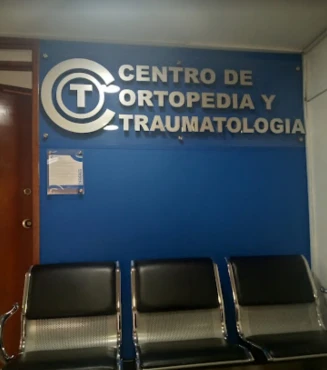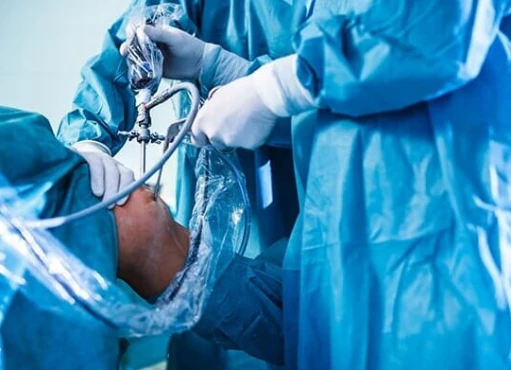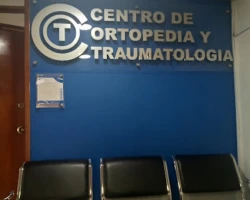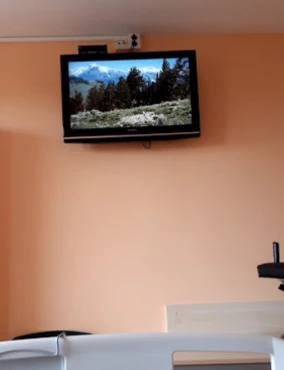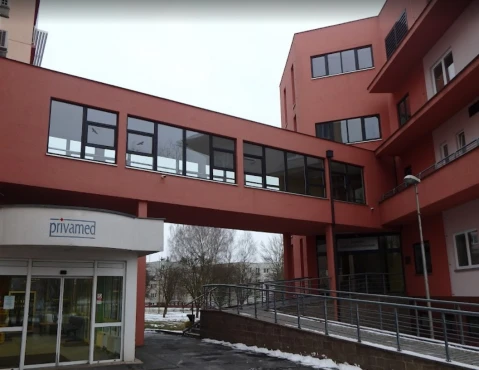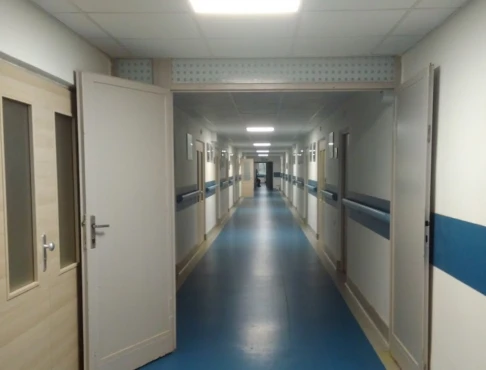What is an arthroscopy procedure and when is it performed?
Arthroscopy is a minimally invasive surgical technique used to examine and treat joint issues. It involves making small incisions and inserting a camera, called an arthroscope, into the joint to visually inspect the internal structures and perform necessary repairs. Arthroscopy is often employed for joint conditions that do not improve with conservative treatments like physical therapy or medication. It can address various problems, from damaged cartilage to torn ligaments. This approach enables quicker recovery and less post-operative discomfort compared to traditional open surgery.
Background of arthroscopy
Arthroscopy has been a staple of orthopedic surgery since the 1970s. Initially used primarily for diagnostic purposes, advancements in medical technology have allowed surgeons to perform a wide range of therapeutic interventions using arthroscopic techniques. These improvements have revolutionized joint surgery, particularly for the shoulder and knee.
What is shoulder arthroscopy?
Shoulder arthroscopy is specifically designed to diagnose and treat various shoulder conditions, including rotator cuff tears, labral tears, and shoulder impingement. It is typically recommended when less invasive methods such as medication, physical therapy, or injections fail to provide relief. The procedure is especially beneficial for athletes or individuals with chronic shoulder pain resulting from overuse or traumatic injuries.
Who can benefit from shoulder arthroscopy?
Patients with persistent shoulder pain or limited range of motion due to conditions like rotator cuff tears, frozen shoulder, shoulder instability, or arthritis are good candidates for shoulder arthroscopy. It is also a common procedure for athletes, particularly those involved in overhead sports such as baseball, swimming, or tennis, who experience repetitive stress injuries. Patients who do not respond to conservative treatment options, such as anti-inflammatory therapy, are often recommended for arthroscopic surgery [Circle Health, 2024].
How is shoulder arthroscopy performed?
The procedure involves creating small incisions to insert an arthroscope and miniature surgical tools into the shoulder joint. The camera on the arthroscope provides the surgeon with a detailed view of the joint, enabling them to diagnose problems and repair damaged structures such as tendons, ligaments, or cartilage. Common arthroscopic shoulder procedures include rotator cuff repair, labral repair, removal of loose debris, and debridement of damaged tissue.
The entire operation is typically performed under regional or general anesthesia. In most cases, patients can go home the same day, but more complex repairs may require an overnight hospital stay [OrthoInfo, 2023].
What are the risks of shoulder arthroscopy?
While shoulder arthroscopy is generally considered safe, there are potential risks, including infection, blood clots, and nerve damage. Stiffness and limited mobility after surgery are also possible but are usually resolved with physical therapy. In rare cases, there may be a need for re-intervention if the initial repair fails to restore full function or pain relief.
Complications from shoulder arthroscopy are rare but can include persistent shoulder stiffness, infection, or minor bleeding around the surgical site.
Advancing shoulder arthroscopy: innovative approaches and outcomes
Advancements in arthroscopic techniques and equipment continue to enhance outcomes for patients undergoing shoulder surgery. Emerging technologies, such as 3D visualization and robotic-assisted procedures, are expected to improve precision during shoulder arthroscopy and further reduce recovery times. Additionally, the integration of biologic treatments, like platelet-rich plasma and stem cell therapy, with arthroscopy is becoming more common, as these approaches aim to accelerate healing and promote tissue regeneration.
Prognosis and potential need for additional procedures
Shoulder arthroscopy generally has high success rates, with most patients experiencing significant improvements in pain and function. Rotator cuff repair procedures, for instance, have success rates ranging from 80-95%, depending on the severity of the condition and the patient's adherence to rehabilitation [Mayo Clinic, 2021].
However, some patients may require a follow-up or revision surgery. The need for re-intervention can vary based on the type of injury and the complexity of the initial repair. Patients with severe rotator cuff tears may have a higher risk of requiring additional surgery if the tendon does not heal properly after the initial procedure.
Post-operative care and recovery
Comprehensive follow-up care is crucial for a successful recovery after shoulder arthroscopy. Patients are typically advised to begin physical therapy within a few days of the surgery, starting with gentle motion exercises. Over the following weeks, the therapy will progress to include strengthening and flexibility exercises to restore full function to the shoulder joint.
Regular post-operative visits with the surgeon are scheduled to monitor healing progress. Most patients can expect to return to normal daily activities within three to six months, depending on the extent of the surgery and their adherence to the rehabilitation plan.
The standard rehabilitation plan may include:
- 2-5 days after the surgery, the patient will attend their first outpatient rehabilitation appointment with an outpatient rehabilitation center.
- 7-10 days after the surgery, the patient will follow up with the surgeon. The surgeon will discuss the patient's recovery and outline a functional return to their previous level of activities.
Depending on the patient's progress and the type of surgery performed, they may attend additional follow-ups with the surgeon. - 3 months and/or 5-6 months after the surgery, the patient may follow up again with the surgeon to monitor their progress, ensure they have no concerns, and ensure they are on their way to returning to the activities they enjoy.
- 6 through 12 months after the surgery, the patient is encouraged to continue following a home exercise program to maintain the strength and functional gains acquired during their physical therapy visits.


